-
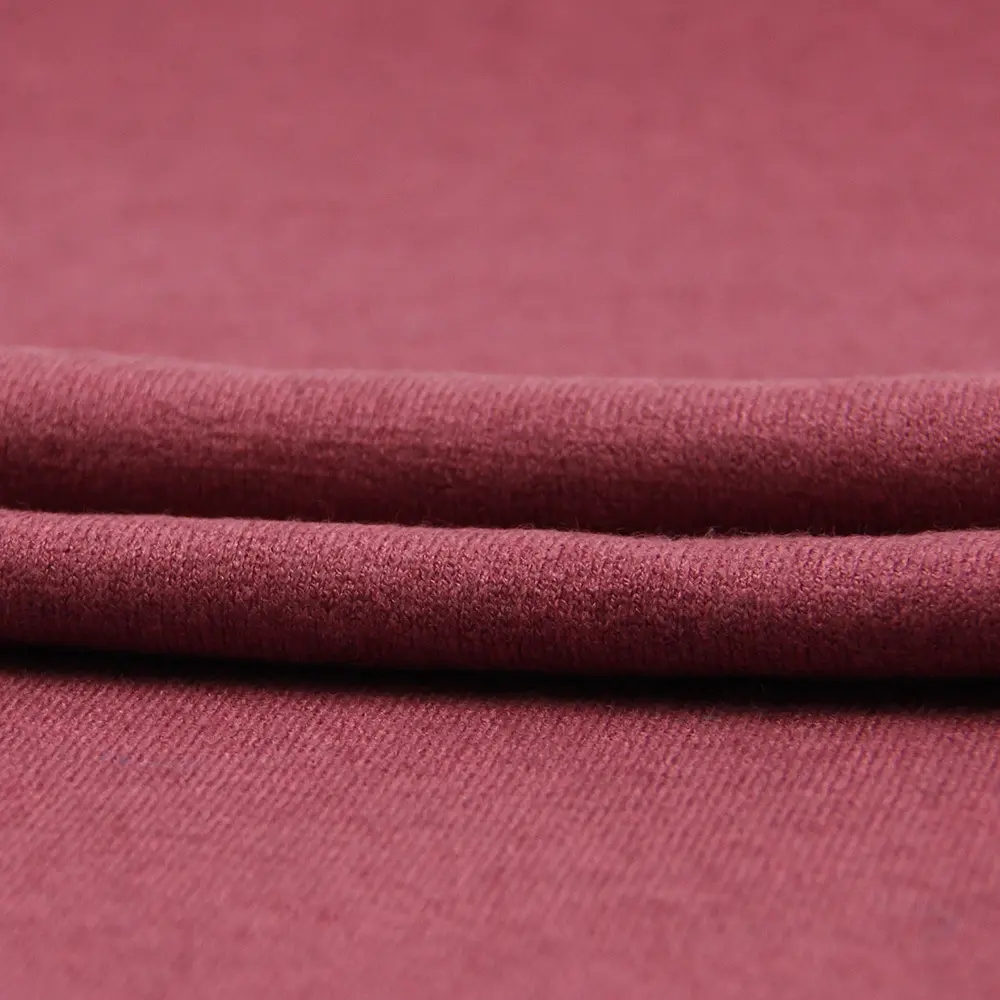
How to prevent dyeing defects on acrylic fiber?
Firstly, we should choose a suitable acrylic retarding agent . At the same time, to ensure the dyeing, in a same bath, it is unnecessary to add two kinds of surfactants for using as retarding agent or leveling agent. Strictly speaking, it will achieve much better leveling effect to add one surfac...Read more -
The Routine Tests for Textiles
1.Physical property test Physical property test of textile includes density, yarn count, weight, yarn twist, yarn strength, fabric structure, fabric thickness, loop length, fabric coverage coefficient, fabric shrinkage, tensile strength, tear strength, seam sliding, joint strength, bonding stren...Read more -
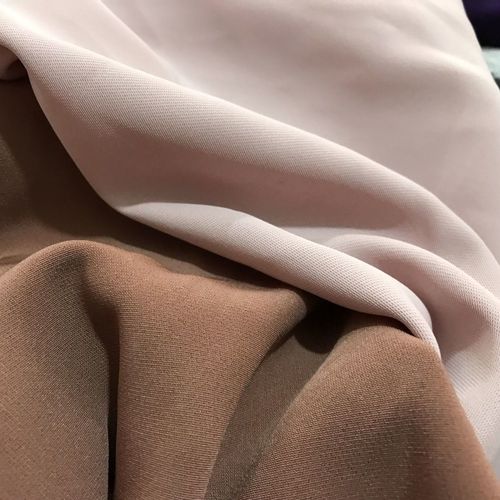
How to choose amino silicone oil for different fabrics?
Amino silicone oil is widely applied in textile industry. For fabrics of different fibers, what is the amino silicone oil can we use to get satisfied finishing effect? 1. Cotton and its blended fabrics: It is focused on soft hand feeling. We can choose amino silicone oil with amino value of 0.6....Read more -
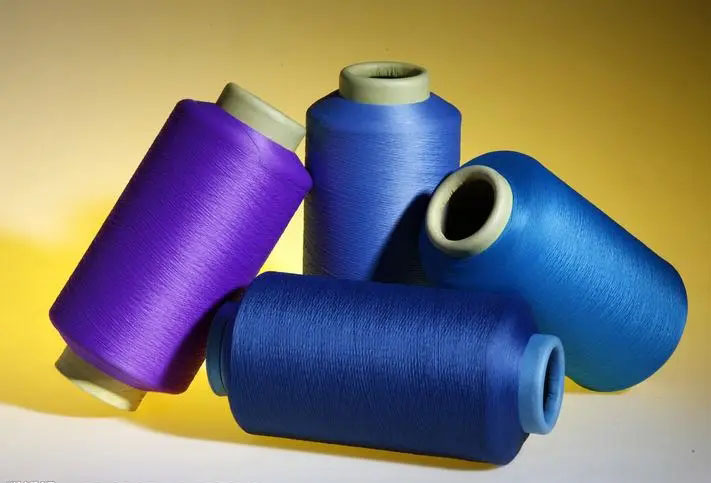
The Familiar and Unfamiliar Fiber —- Nylon
Why do we say that nylon is familiar and also unfamiliar? There are two reasons. Firstly, the consumption of nylon in textile industry is less than other chemical fibers. Secondly, nylon is essential to us. We can see it everywhere, such as lady’s silk stockings, tooth brush monofilament a...Read more -
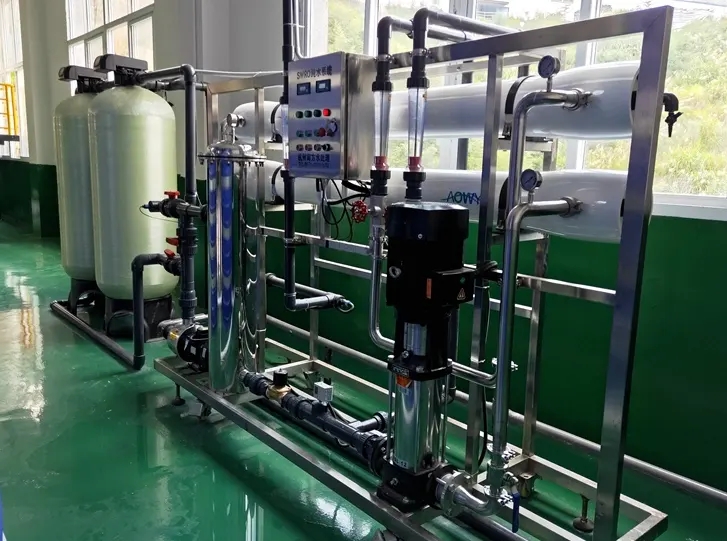
Do not ignore the influence of water quality on textile printing and dyeing!
In printing and dyeing factories, because of different water sources, water quality is also different. Generally, most printing and dyeing factories use natural surface water, groundwater or tap water. Untreated natural water contains a variety of chemical substances, as calcium, magnesium, iron,...Read more -
Abbreviating Code of Fabric Composition
Abbreviating Code Full Name C Cotton S Silk J Jute T Polyester A Acrylic R Rayon AL Alpaca YH Yark Hair CH Camel Hair TS Tussah Silk WS Cashmere PV Polyvinyl LY Lycra AC Acetate RA Ramie RY Rayon...Read more -
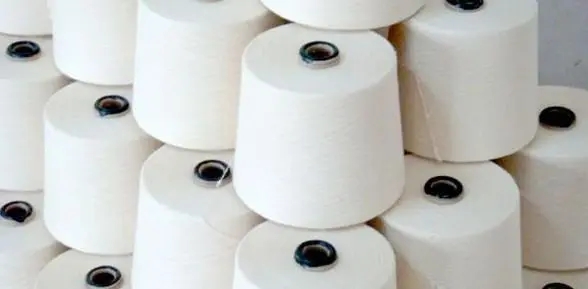
Do you know the concept and function of combing?
In cotton carding sliver, there are more short fiber and nep impurity and the elongation parallelism and separation of fibers are insufficient. That is difficult to meet the spinning requirements of high-grade textiles. Therefore, fabrics with high quality requirements are made from yarns spun by...Read more -
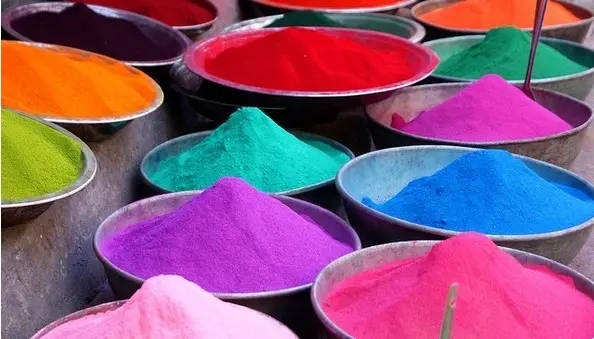
Acid Dyes
Traditional acid dyes refer to water-soluble dyes containing acidic groups in the dye structure, which are usually dyed under acidic conditions. Overview of Acid Dyes 1.The history of acid dyes In 1868, there appeared the earliest acid dyes, as triaromatic methane acid dyes, which had strong dye...Read more -
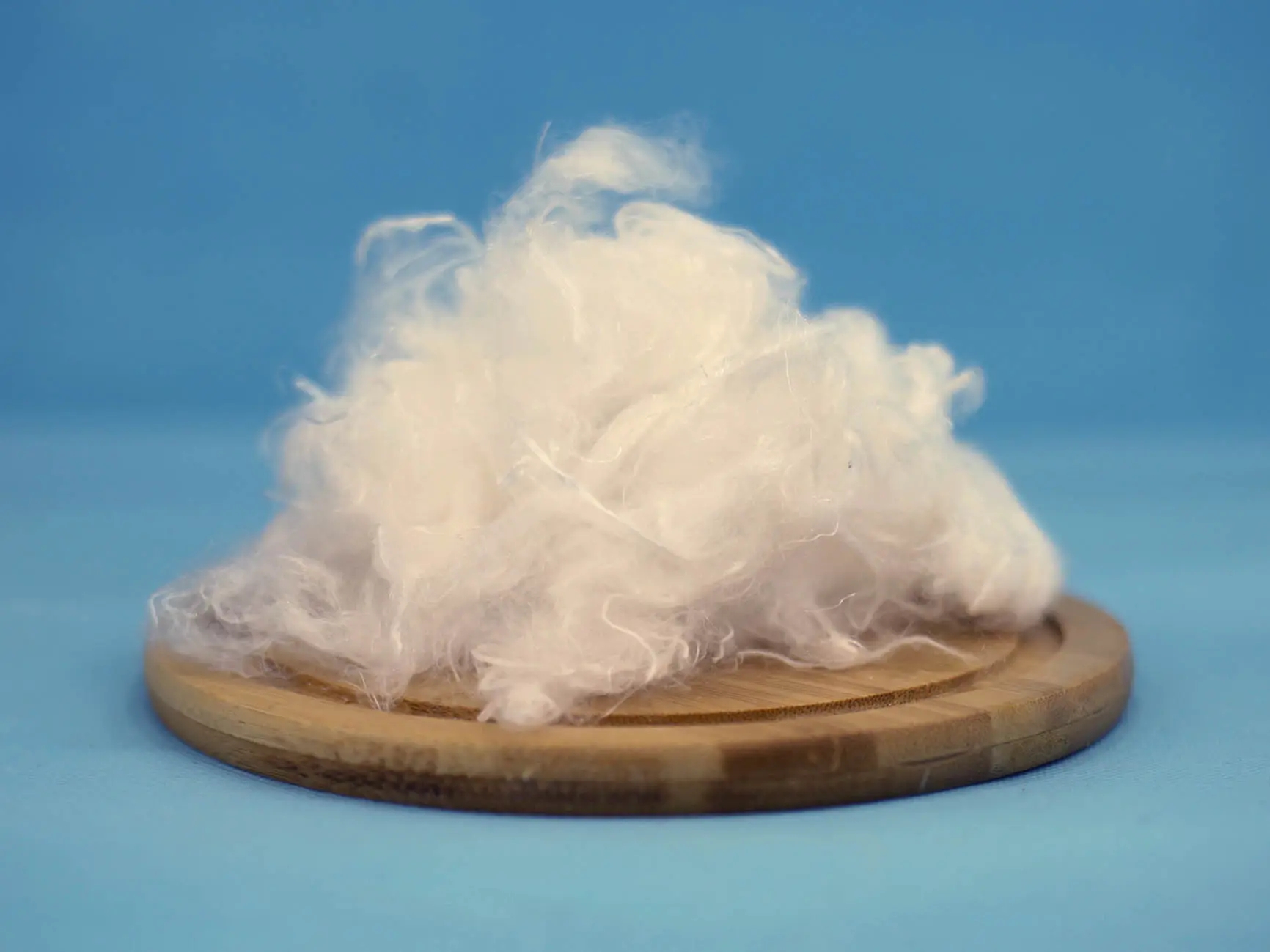
New-type Regenerated Cellulose Fiber—-Taly Fiber
What is Taly fiber? Taly fiber is a kind of regenerated cellulose fiber with excellent properties that is produced by American Taly Company. It not only has excellent hygroscopicity and wearing comfort as the traditional cellulose fiber, but also has the unique function of natural self-cleaning a...Read more -

Are faded clothes of poor quality?
In most people’s impression, faded clothes are often equated with poor quality. But is the quality of faded clothes really bad? Let us learn about the factors that cause fading. Why do clothes fade? In general, because of different fabric material, dyes, dyeing process and washing method, ...Read more -
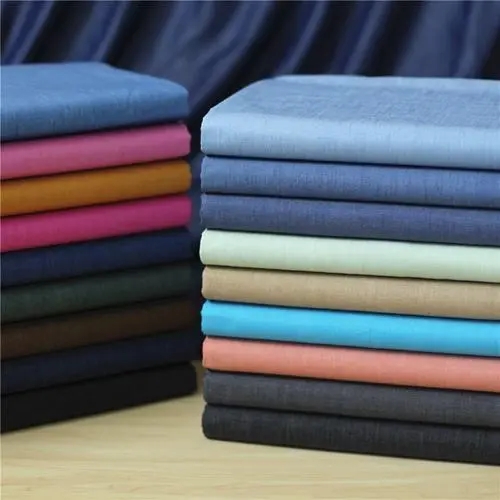
The Breathing Fiber——Jutecell
Jutecell is a new type of cellulose fiber developed by special technical treatment of jute and kenaf as raw materials, which overcomes the disadvantages of natural hemp fibers, as hard, thick, short and itchy to skin and keeps the original characteristics of natural hemp fibers, as hygroscopic, b...Read more -
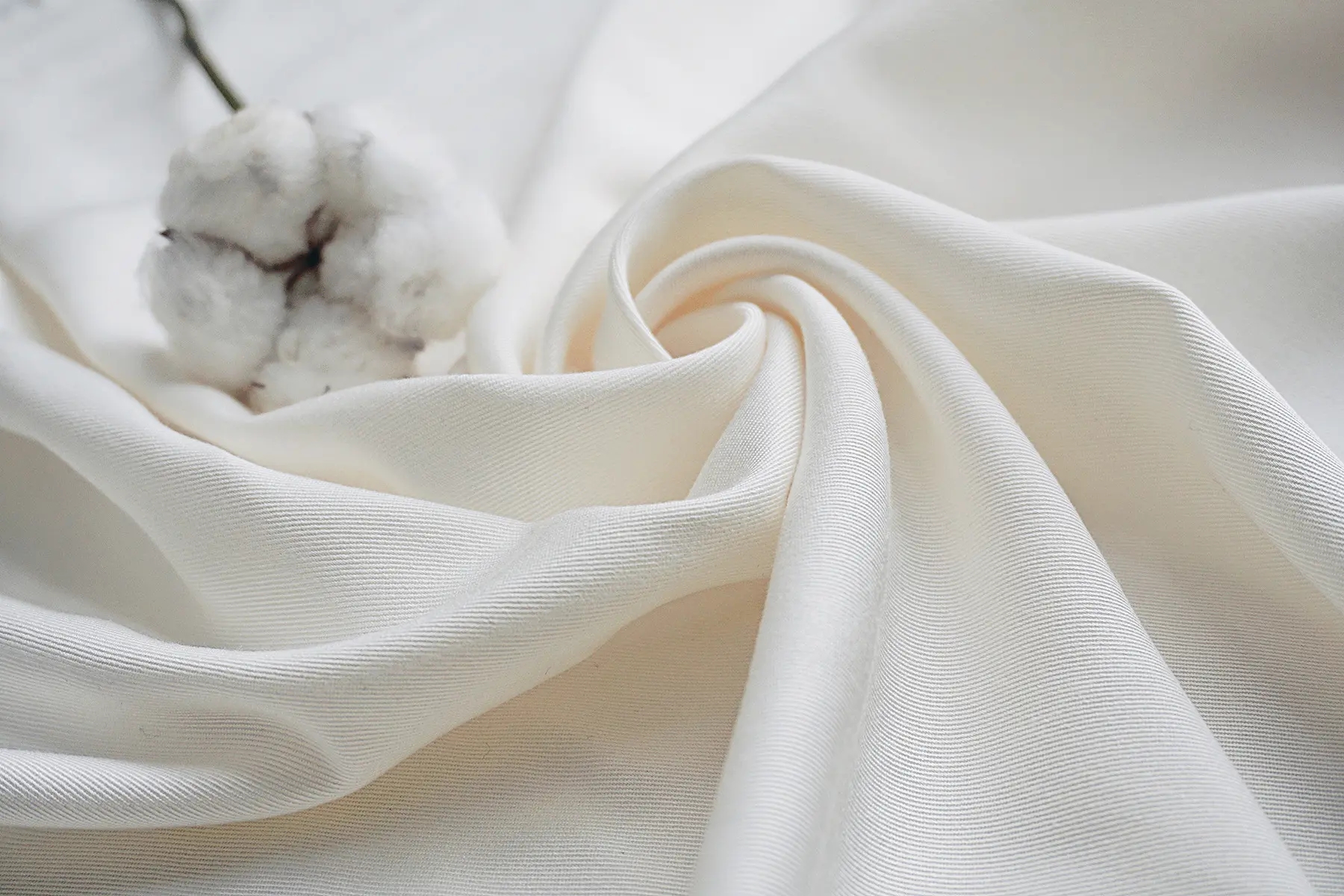
The Commonly Used Six Enzymes in Printing and Dyeing Industry
So far, in the textile printing and dyeing, cellulase, amylase, pectinase, lipase, peroxidase and laccase/ glucose oxidase are the six major enzymes frequently used. 1.Cellulase Cellulase (β-1, 4-glucan-4-glucan hydrolase) is a group of enzymes that degrade cellulose to produce glucose. It is not...Read more

